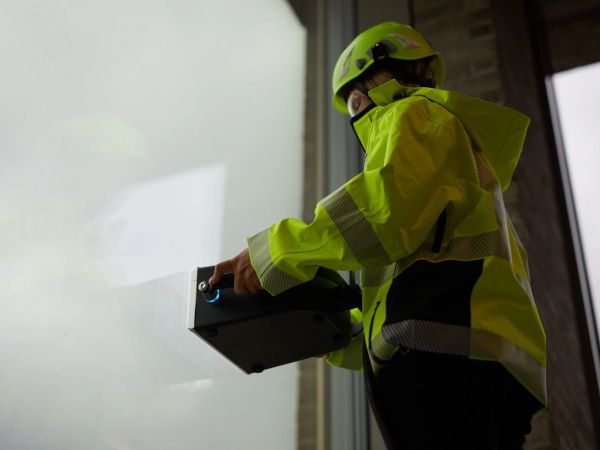
Date: 26 August 2025
Summary
- Why it matters:
- IGUs filled with argon or krypton provide better thermal insulation.
- Gas leakage over time reduces efficiency, increases energy costs, and impacts sustainability.
- The 2008 study:
- Introduced a DC electrical discharge method for measuring argon in double-pane windows.
- Achieved ~5% accuracy at moderate to high gas levels.
- Advantages: non-invasive, sensitive, adaptable for manufacturing.
- Limitations: requires lab conditions and spectrometers, not suitable for field testing.
- Sparklike’s solution:
- Sparklike Laser Devices use Tunable Diode Laser Absorption Spectroscopy (TDLAS).
- Independent testing (ift Rosenheim) shows results within ±2% of gas chromatography.
- Benefits:
- Portable and easy to use on-site.
- Non-destructive testing – no damage to IGUs.
- Works in production, installation, and maintenance phases.
- Suitable for double and triple glazing.
- Impact across the IGU lifecycle:
- Manufacturing: verifies proper gas filling and compliance.
- Installation: ensures units meet specifications after transport/handling.
- Maintenance: detects gas loss early to maintain efficiency.
- Conclusion:
- While lab-based methods like DC discharge offer insight, Sparklike provides a proven solution.
- Enables reliable quality control, reduces energy consumption, and supports sustainable construction practices.
Insulating glass units (IGUs) are critical for maintaining energy efficiency in modern buildings. Filled with inert gases like argon or krypton, they offer superior thermal insulation compared to standard air-filled units. However, maintaining optimal gas concentration is vital for their performance. A 2008 study, Nondestructive Method of Measuring Relative Concentration of Gases in Double-Pane Windows, explores how to test for argon gas in windows using DC electrical discharge, shedding light on advancements in gas measurement technologies.
Sparklike’s devices align with the topic, by providing precise, non-invasive methods to test for argon gas in windows, making them a practical choice for quality control and maintenance.
The Importance of Measuring Gas Concentration
The thermal performance of IGUs depends heavily on the type and concentration of the gas filling. Over time, inert gases like argon can escape through sealant degradation, reducing insulation efficiency. This not only increases energy costs but also compromises the environmental sustainability of buildings. Key challenges include:
- Gas Migration: Argon and krypton can leak faster than air fills the unit, leading to reduced pressure and insulation effectiveness.
- Quality Control Needs: Manufacturers and installers need reliable methods to test for argon gas in windows and verify gas fill rates, especially since visual inspection cannot reveal gas concentration issues.
The Study: Using DC Electrical Discharge for Gas Measurement
The study introduces a DC electrical discharge method to test for argon gas in windows. By analyzing the emission spectra from excited states of gases, it identifies relative concentrations with 5% accuracy for moderate to high gas levels.
Highlights of the Technique:
- Non-Invasive: Requires no dismantling of IGUs, preserving structural integrity.
- High Sensitivity: Measures argon concentration down to 5%.
- Simple Adaptation: Minor modifications, such as wire insertion during manufacturing, make it feasible for wide-scale adoption.
Despite its potential, the method requires controlled laboratory conditions and equipment like spectrometers, which might limit field applications.
How Sparklike Bridges the Gap
While the DC electrical discharge method is innovative, Sparklike offers a practical and portable solution for real-world applications. Devices like the Sparklike Laser Portable™ use Tunable Diode Laser Absorption Spectroscopy (TDLAS) to test for argon gas in windows with high precision and ease of use. According to independent ift Rosenheim Test Report both Sparklike Handheld and Sparklike Laser Portable 2.2 results are within ± 2 % compared to gas chromatography which makes them highly accurate.
Advantages of Sparklike Devices:
- Field Usability: Compact and portable, suitable for on-site measurements.
- Non-Destructive Testing: Measures gas levels without compromising IGU integrity.
- Versatile Applications: Suitable for both manufacturing and post-installation quality control.
- Accuracy: Reliable measurements, critical for assessing aging IGUs and also the overall quality of insulating glass units.
How On-Site Argon Testing Secured Window Quality: A Case Study with Sparklike Handheld
The Role of Gas Measurement in the IGU Lifecycle
Accurate gas measurement is vital throughout the IGU lifecycle:
- Manufacturing: Verifies proper gas filling during production, ensuring compliance with thermal performance standards and functioning of gas fill machine.
- Installation: Confirms that IGUs meet specifications after handling and transportation.
- Maintenance: Identifies gas leakage early, allowing timely repairs or replacements to maintain energy efficiency.
By adopting tools like Sparklike devices provides an answer on how to test for argon gas in windows, insulating glass professionals can ensure the longevity and performance of IGUs, reducing energy consumption and environmental impact.
On-site Insulating Glass Inspection for Gas In a Well-known Building
Conclusion: Elevating IGU Performance
The study highlights the potential of methods to the question how to test for argon gas in windows and measure gas concentration in IGUs. While techniques like DC electrical discharge offer valuable insights, Sparklike provides a proven solution for the building industry. With its innovative devices, Sparklike empowers manufacturers, installers, and building owners to uphold IGU quality, contributing to sustainable construction practices.
Want to get a personalized quote? Contact Sparklike Sales
Source:
Sergeyev, A., & Borysow, J. (2008). Nondestructive method of measuring relative concentration of gases (e.g. argon) in double-pane windows. Sensors and Materials, 20(3), 123–130.
 600450
600450


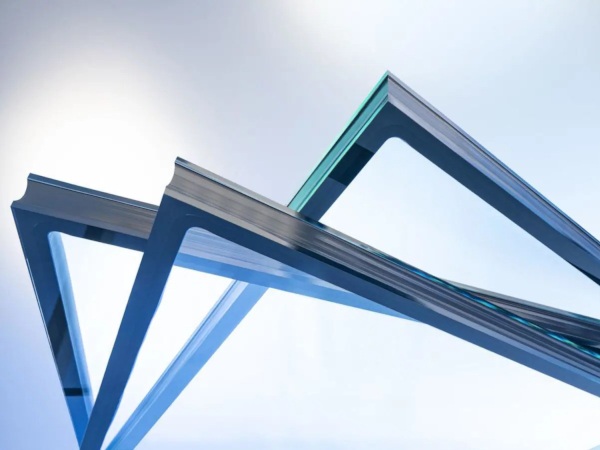
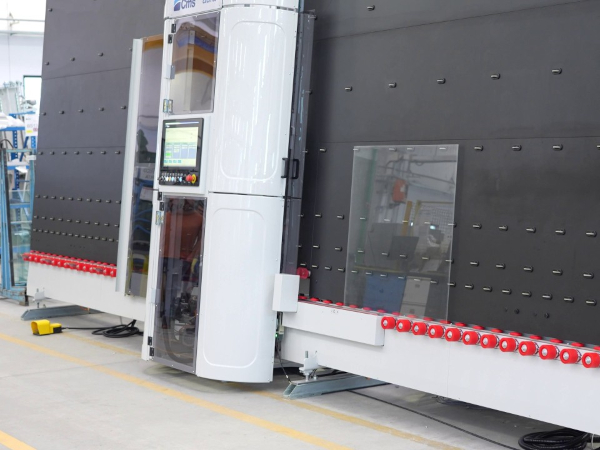
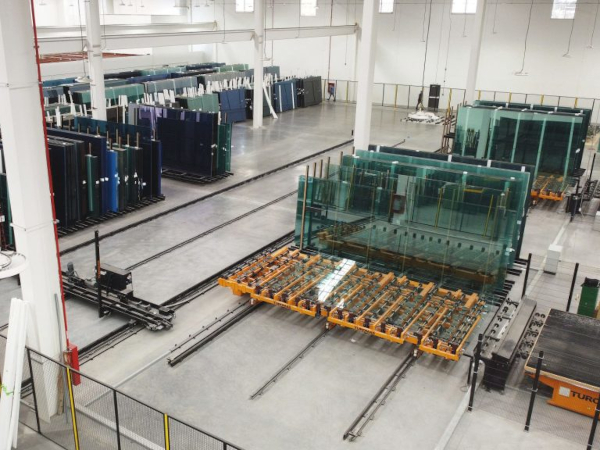

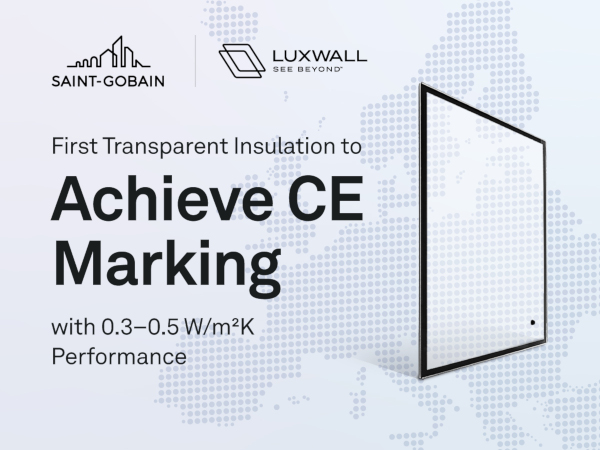









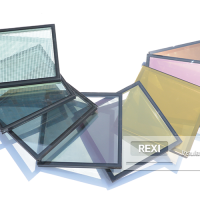
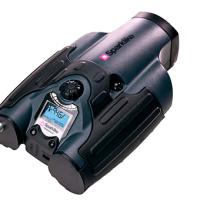

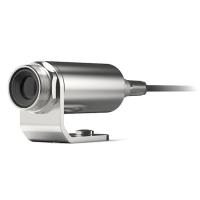
Add new comment